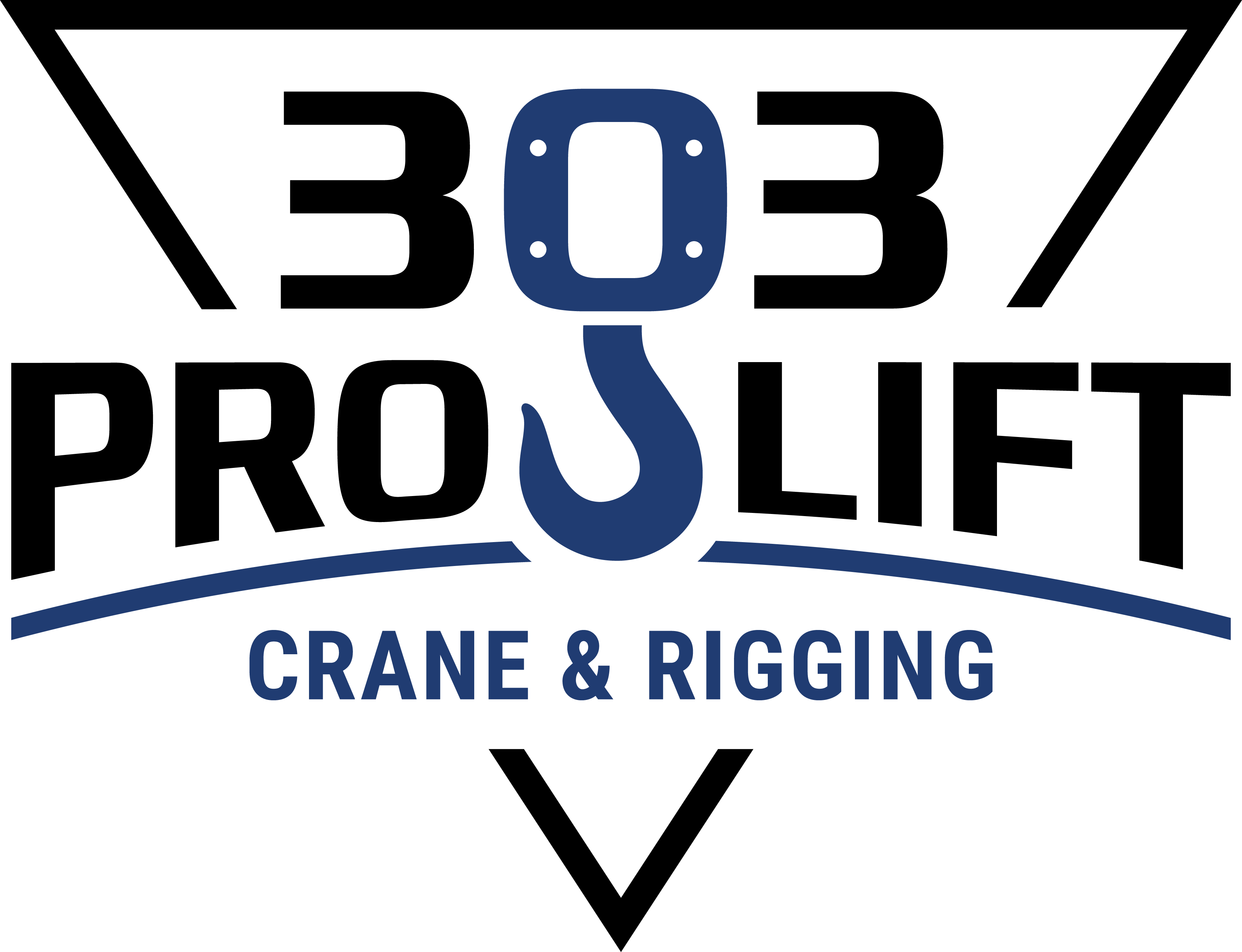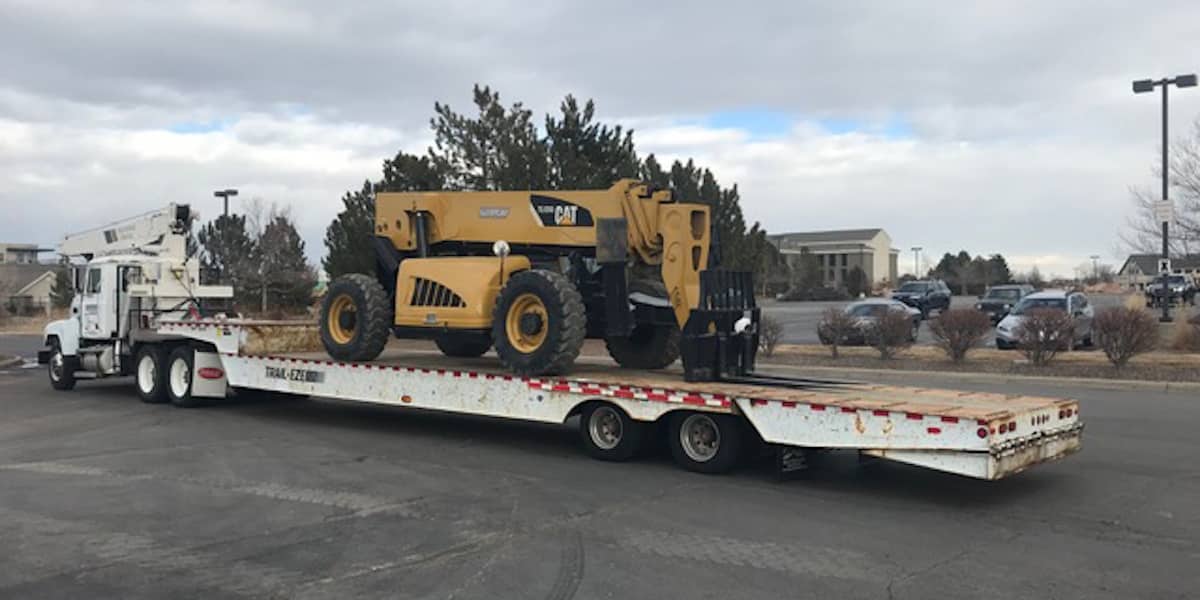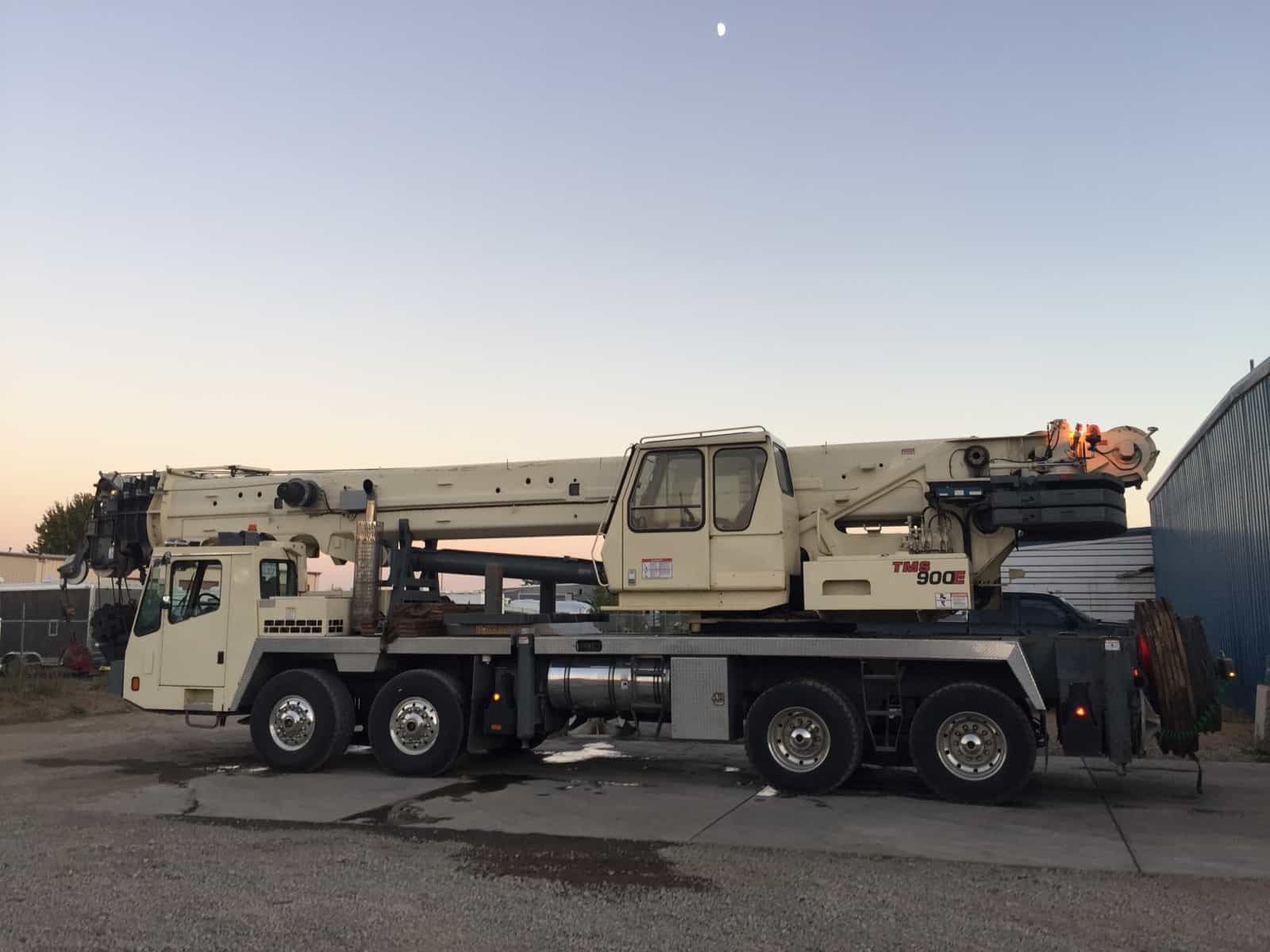A mobile crane can deliver exceptional value on your job site – when used correctly, it dramatically cuts down on material handling time and labor, allowing you to deal with everything from trusses to HVAC units with ease.
Here are five tips you can use to create a safer, more productive job site while using a mobile hydraulic crane:
- Ensure that only appropriately qualified personnel are assigned to your lifts.
Modern hydraulic mobile cranes are incredibly complex machines that can generate a massive lifting force in a compact, agile package. In the hands of a qualified, experienced operator, a mobile crane is exceptionally safe and efficient, but it’s important to recognize and respect the fact that this is a specialized piece of equipment. Keep your job site safe and code-compliant by ensuring that experienced workers are assigned to your lifts.
- Ensure items being lifted are properly secured.
Improper loading is the leading cause of crane-related accidents, injuries, and even fatalities. Unsecured loads can expose your workers to serious hazards – even small items like bolts, tool boxes, and water coolers must be secured. When working with a mobile crane, make sure your crew understands exactly how to secure each load. Assign a supervisor or lead hand to double, and even triple-check every single load prior to lifting – a few extra minutes spent checking the load can literally save a life.
- Ensure you have a proper area for the crane to operate.
While mobile cranes are specifically designed to be agile and efficient in relatively small spaces, it’s important to allow enough clearance for both the outriggers and the boom swing. The actual working ‘footprint’ of your crane will vary depending on the size of the unit, the length of the boom, and the height of the lift. While it’s true that mobile cranes can be set up and safely operated in a fraction of the space needed for static tower cranes, when it comes to clearance, more is always safer. If you’re unclear about the amount of space needed to safely set up and operate your mobile crane, be sure to check with your crane service before bringing the crane onto your work site.
- Ensure you have allotted enough time for the lift to avoid rushing.
When you’re facing tight deadlines of a work site, you might be tempted to skip some safety protocols, exceed maximum load weights, or take other time-saving shortcuts. It goes without saying that rushing while working with heavy equipment is never a good idea – in fact, it’s a recipe for disaster. A lack of attention to detail is one of the most common causes of work site injuries and accidents, so be sure to allow plenty of time to check your loads, communicate with the operator, and clear any obstructions on every single lift.
- Ensure all ground workers maintain a safe distance away from the load.
Mobile cranes have become a common fixture on most construction sites, which can lead ground workers to become overly confident around these powerful machines. Keep your construction workers, contractors, and site visitors safe by always enforcing a safe working perimeter around your mobile crane. Use daily site safety briefings to reinforce the need to keep clear of every single lift, and track compliance with your site rules – workers who don’t follow your site guidelines may need additional supervision or safety training.
Following these simple, common-sense tips while working with a mobile hydraulic crane at your job site will help to increase site safety, avoid code violations, and prevent costly delays related to accidents and injuries.






One Response
Thanks you for sharing this information with us. Our experienced staff offering forklift training course in Sydney. For more information about various courses feel free to visit our website.